Curriculum | Discipline Design
Successfully designing and implementing a thoughtful curriculum is one of the most rewarding elements for me as a teacher. When curriculum is thoughtfully designed, students work through engaging content that is mapped to clear learning objectives and arrive at the end of a course feeling confident in their understanding of the material. Further, thoughtful curriculum and discipline design enables students to not only master the content but to make connections between the content and the world around them. It is these connections that I think are most important because I believe they inspire students to be kind, thoughtful, inquisitive, and engaged members of society.
(1) designs and implements courses that reflect teacher mastery of their academic discipline and its teaching methodologies
The number of English courses offered at Eastside Prep is significant, students read texts from all parts of the world and from time periods spanning the dawn of civilization to postmodernism. It is daunting and ultimately impossible for me to be an expert in such a broad array of content. However, I do not believe mastery of the content itself is the goal. Designing and implementing a quality course is more than simply mastering the content and relaying information to the students. I think mastery in the English discipline is creating a classroom environment where everyone feels welcome, heard, and is engaged intellectually.
My BA in literature and my Master of Education degree coupled with fifteen years of experience teaching in the classroom allows me to develop thoughtful and engaging course content as well as establish a space that is both welcoming and challenging for high school students in the English discipline. These experiences over the last 15 years as an educator have given me the confidence to teach such a broad curriculum. My general approach, regardless of the topic area, is to read the content, and come up with ways to generate a discussion in the class that connects to other scholarly and contemporary sources that complement the primary text(s).
Developing assignments and projects that allow students the opportunity to show their knowledge using a variety of methodologies is central to my teaching. These methodologies include lecturing, fostering small group and class discussions, and providing students the opportunity to show their individual strengths and interests in the way they present their understanding of the content. One of the most rewarding elements of teaching is seeing the different ways students approach a topic, engage in a discussion, or go about creating a project. Lessons in my classroom often center on project-based experiences that support multimodal learning. By designing courses that allow for flexibility and encourage students to show their mastery of the course content using different approaches students are able to bring their own strengths, creativity, and interests, and I believe this makes them better able to connect the content to their lives.
In addition to my BA in literature and Masters in Education, I have a BA in photography which has often inspired me to create assignments that marry skills learned in the literature class with the visual arts. I value students thinking about literature in a visual, creative way, that moves beyond the traditional essay. The House of the Spirits Major Assignment illustrates how my background in art and mixed media add to creating assignments that are dynamic and encourage students to explore how the visual arts can tie into their exploration of literature.
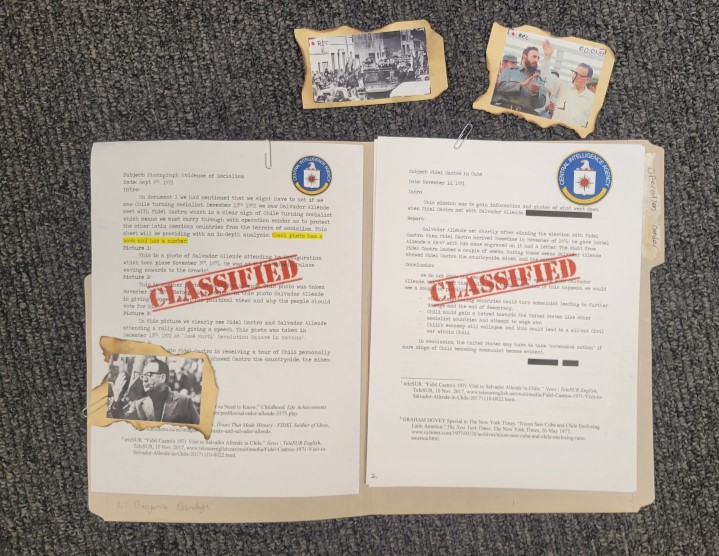
(2) designs and implements courses framed by the school’s pedagogical tenets – inquiry, experience, and integration
In alignment with the school’s philosophy of inquiry, experience, and integration my curriculum centers on a thoughtful balance between traditional classroom activities such as lectures and formative assessments coupled with project-based experiential activities. For me, valuing inquiry, experience and integration in the classroom means creating lessons that inspire students to inquire beyond simply answering an essay question. These creative learning activities allow for a deeper experience and personal connection with the material that supports integrating the lessons into their lives outside of the class.
The 10th grade Modern Perspectives course is a great example to highlight a course that is framed by my integration of the tenets of inquiry, experience, and integration. In this class I developed discussion questions and homework assignments to move beyond what is happening in the text towards making connections between the text and history, and the text and future society.
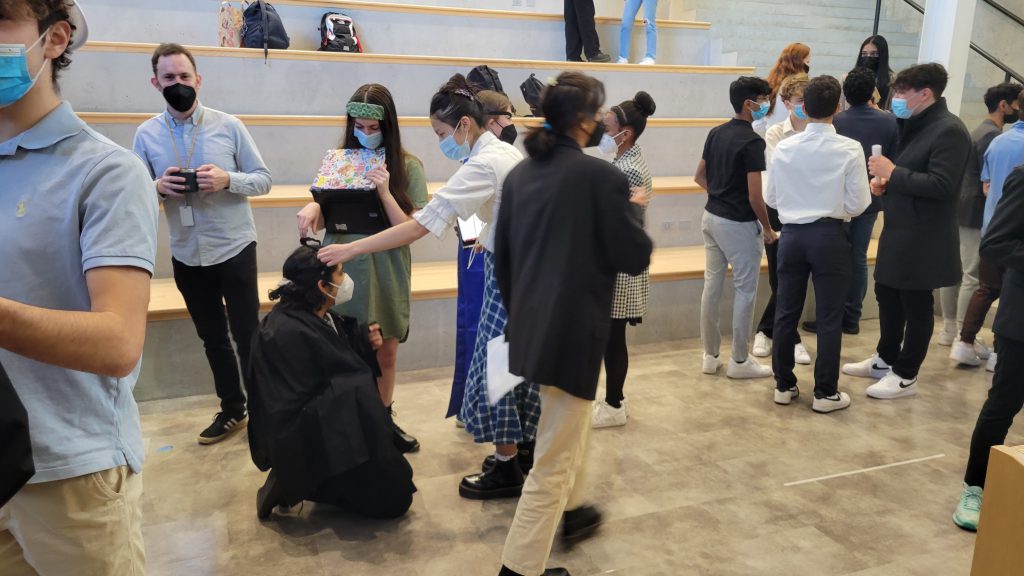
(3) collaboratively designs and evolves course curricula that are reflective of their academic discipline’s philosophy and derivative of the school’s overarching philosophy
My past experiences as a teacher in different schools have been surprisingly isolating. It was odd working in a place full of educators and feeling professionally and personally disconnected. I generally planned and implemented lessons alone, received little to no professional feedback, and seldom collaborated with my colleagues. It was not by choice, but simply the way of the school.
At EPS, the culture of curriculum and discipline design is highly collaborative and has become one of the most fulfilling aspects of working at this school. What’s better than coming to work and discussing literature while developing an amazing collaborative assessment connecting content from English and social science? I remember clearly my first meeting with the Humanities team at Eastside Prep. A few teachers got together late in the summer to talk about the 9th and 10th grade classes. I met with Matt Delaney, Sarah Rainwater, Eric Claesson, and Elena Olsen to talk about the overarching goals of the program as well as some of the nuts and bolts of the classes we would be collaboratively teaching. What a wonderful introduction to the Humanities at Eastside Prep. I’ve been extremely lucky to work so closely with a team of thoughtful, intelligent, and fun group of individuals. While the group has evolved over the years and has more than doubled in size, the spirit of collaboration is still central to curriculum and discipline design at EPS.
The English discipline’s philosophy [Hyperlink] [NEED TO ADD THIS] is “to empower students in self-directed exploration and analysis of literature and writing”, however in my experience we also focus on creating an experience that celebrates the unique interests of our students and encourages them to share these interests in a multitude of ways. This is important because it shows students that there is not one right way to approach the curriculum. I encourage students to consider and capitalize on their unique interests, goals, and abilities when working on assignments. The essay assignments MA – The Metamorphosis Critical Analysis 2021-22.docx and Senior Essay 2021.docx are two examples of “Traditional” Essay Assignments in 10th and 12th Grade that reflect the English discipline philosophy elements of analyzing literature and writing.
After discussion with Verity Sayles on this topic, she shared a description of our collaborations together related to the Modern Perspectives class curriculum. I think her description reflects my desire to design unique, hands-on curriculum in a collaborative way [LINK TO VERITY’S COMMENTS HERE].
When I think of “inspiring students to create a better world”, the school’s overarching philosophy, I often think of grand moments in my teaching where I could directly see students impacting the lives of others for the better. For instance, before taking students on a nearly two-week long trip to Cambodia and Thailand we read Loung Ung’s memoir First They Killed My Father. Through this text and our several discussions students learned about life in Cambodia during the Khmer Rogue reign in the 1970’s. Later, while in Cambodia, students volunteered with a school in Siem Reap, provided Sai Bat (morning alms) to monks in Chiang Mai, and visited the Tuol Sleng Genocide Museum in Phnom Penh. Each night we discussed the events of the day, what was seen and learned and made connections back to the text. It’s hard to think of a moment at my time at EPS where I inspired students to create a better world than in the months leading up to and during this EBC trip. [picture in Cambodia]
That said, inspiring students to create a better world does not have to be as sweeping as this EBC trip to Cambodia. I try to integrate this concept into my practice so that it takes place every day in the classroom and on campus. My classes center on creating an environment that encourages engagement, participation, and the importance of connecting the material learned in class to the lives of people around us. I believe assignments that ask students to, for instance, write about the community they live in Modern Perspectives, explore the role simulacra plays in their ever-evolving digital world in Postmodern Literature, and to both appreciate and create art inspires students to create a better world daily.
(4) updates course content to reflect the contemporary world
Math teachers often lament hearing students ask “When are we actually going to use this in the real world?” and literature teachers are not immune to the same line of questioning. When reading texts that are thousands of years old like The Epic of Gilgamesh or The Odyssey for instance, students can have a difficult time seeing how these works connect to their daily lives. I update course content often to reflect the contemporary world to show students that while the literature they read might be old or challenging, it still connects directly to their daily lives. Classic texts can highlight shared experiences people have had over generations. For example, an exploration of the hero’s journey in The Odyssey can be connected to contemporary Marvel movies in a Harkness discussion and students can go on their own ‘hero’s journey’ journaling along the way. [ARTIFACT NEEDED HERE]
In the 12th grade Postmodern literature class students are asked to reflect on contemporary society by way of exploring their use of current technologies, their connection (or disconnection) with others, and contemplate the future of institutions such as the American political system, education, business, and religion. Reflecting on these institutions through the lens of postmodernism gives students the ability to explore not just what they are but how and why they function the way they do in our society.
A few examples of assignments that do just that are the Model United Nations in 10th grade, the Postmodern Literature Encyclopedia assignment, creative writing chap books and the Postmodern final art project.
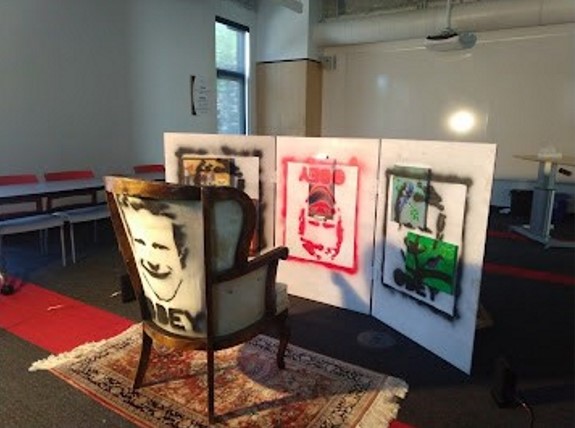
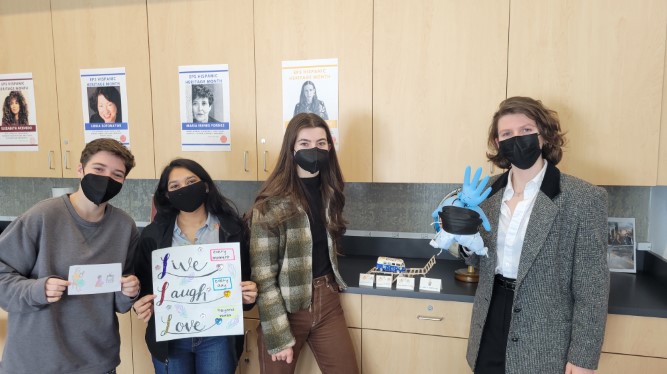
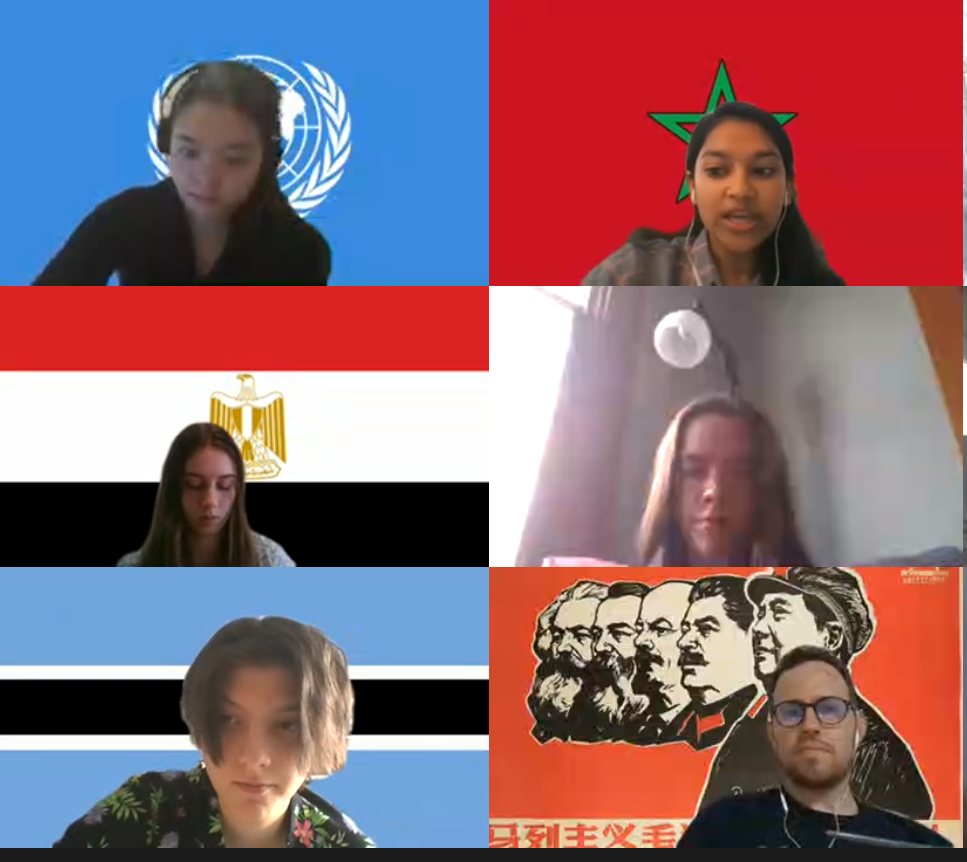
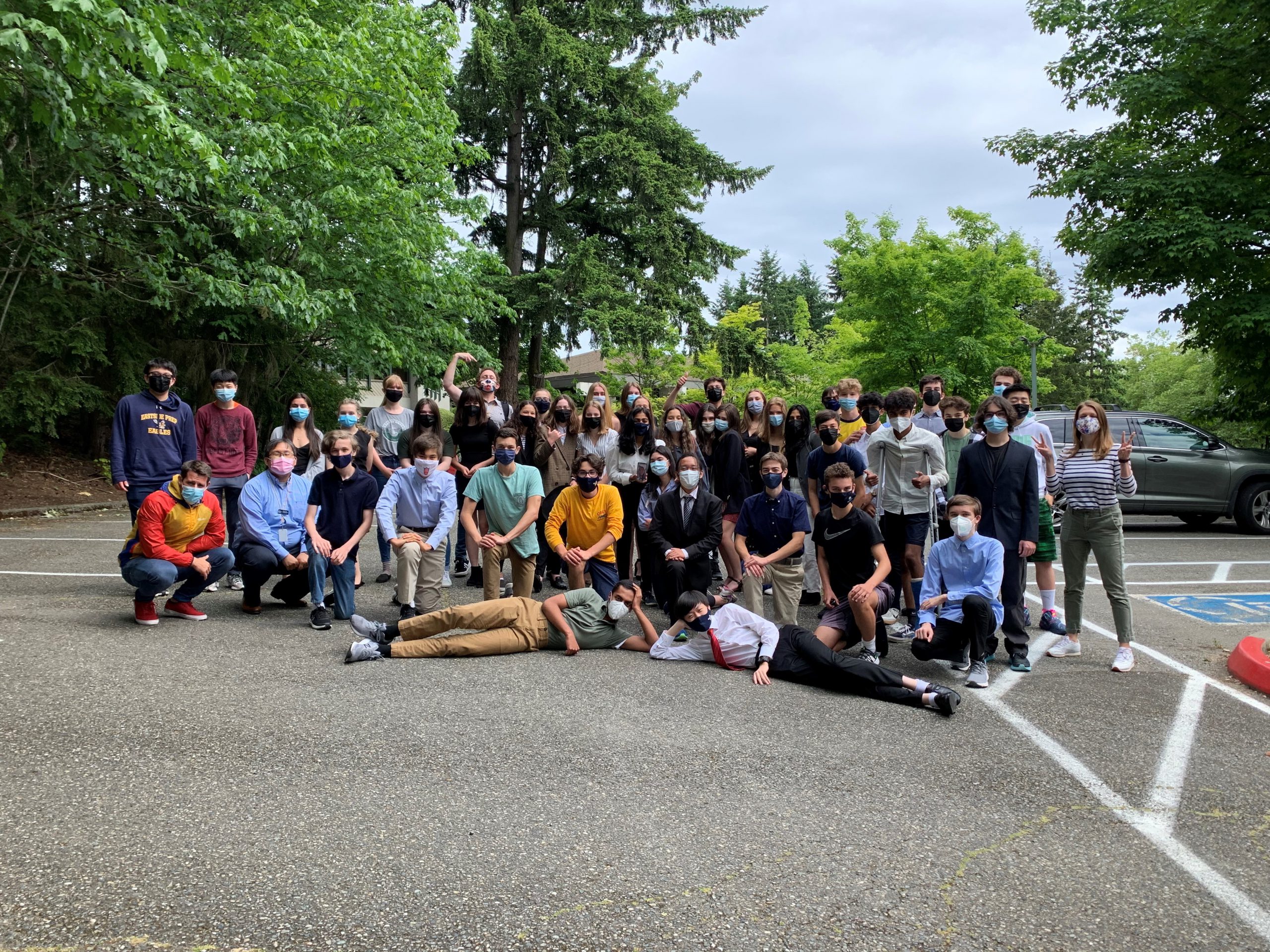
Program | Professional Development
(1) participates actively and constructively in Program Development Day activities
When I think of Program and Professional Development days, I see it as pressing the pause button on teaching, grading, and lesson planning, and taking a step back to look at what I do at EPS from a 10,000′ view. PDDs allow me to gain insights from guest speakers and other teachers for curriculum development, collaborate with faculty on course design, plan meaningful EBC adventures, and consider more deeply the role equity, inclusion, and diversity play in my classroom. I have also had the opportunity during Professional Development Days to take on a role of leadership in a few areas outside of the classroom; these include Grade Level Coordination and EBC planning. [COULD JUST DELETE THIS SECTION??]
Thinking back to my first couple years at EPS I felt most comfortable listening and absorbing information during our Program Development Days. After working at EPS for ten years, I now take a more active role with respect to participation and leadership in Program Development Days.–What do I do to participate? [NEED TO ANSWER THIS QUESTION. WHY DID I START TAKING A MORE ACTIVE ROLE?]
While much of the Program Development Days are centered on curriculium design, collaboration, and professional development there is a strong sense of relational cultivation fostered during these days as well. One of the most enjoyable aspects of Program Development Days is simply hanging out with colleagues and friends, catching up on life outside of school, and of course the rooftop happy hours. It’s much easier to work as a team trying to solve a problem if you’ve had the opportunity to get to know one another.
[INTRODUCE THIS QUOTE & RESPOND] “I like you that mention the social/collegial aspect of PDD days not just as a flip reference to drinking on the roof but also as an important way in which you engage and collaborate with your peers…it is possible to ‘sit out’ this aspect of PDD”
(2) presents during Program Development Days and conferences
Program Development Days also offer faculty the time to listen to others share their experience in the classroom. Teachers have the opportunity to present and share their knowledge with others. I generally shy away from the microphone but over the past few years have enjoyed taking a more active role in Program Development Days.
[RESPOND TO THIS COMMENT “What changed from not enjoying presentations to enjoying them? COULD ALSO COMMENT ON WHY IT CHANGED]
I’ve led conversations during PDD’s for the faculty summer reading and parent reading conversations. At the end of each school year, faculty members select a text from a few options to read over the summer with plans to discuss when we return to campus in the fall. I’ve led several of these conversations in our opening meetings over the years. Additionally, on a couple occasions, I’ve led the parent book series conversations during morning breakfasts. I enjoyed the opportunity to connect with parents not as their student’s teacher but as an equal who wants to read and talk about issues our society faces surrounding education.
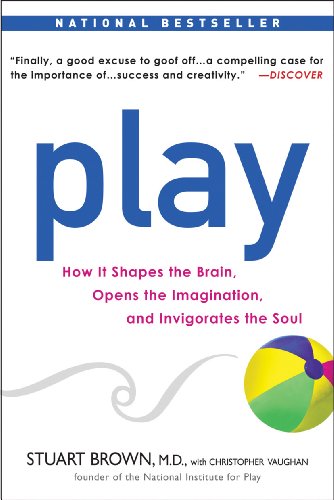
During one PDD the English discipline performed a skit in front of the faculty highlighting the changes we had made to several areas within our program. It was a fun way to present the direction the program was heading in a collaborative way. The script can be found here.
In the future I’m hoping to present my work on the face-to-face grading activity during an Evolution of Instruction presentation.
(3) takes advantage of professional development provided by the school
In addition to engaging in PPDs at EPS, I have sought out oppertunities to take advantage of additional professional development that supports my individual growth and development. I’ve been an avid hiker and backpacker since I was 18 and moved to Seattle due in part to its proximity to some of the best hiking in the country. When I came to EPS I was excited to find a burgeoning Outdoor Program led by Tobias Tillemans and Kirsten Pike and soon found myself working with them taking students on day hikes and snowshoe trips. After their departure I wanted to continue running outdoor trips with students and in the spring of 2016, I completed the Wilderness First Responder program offered by the Wilderness Medical Training Center. This weeklong course provides detailed medical training focused on treating injuries in the backcountry. I have since recertified twice. The course has allowed me to continue taking students on multiday backpacking and hiking trips in Washington, California, and Utah.
Taking students on backpacking trips is one of the most rewarding education beyond the classroom I’ve done. Watching student push through challenges, work as a team to overcome obstacles, and have fun together in nature is extremally rewarding. In addition to running several EBC trips that involved backpacking in the summer of 2022 I’ll be taking a group of students on a four day trek in the Cascade mountains.
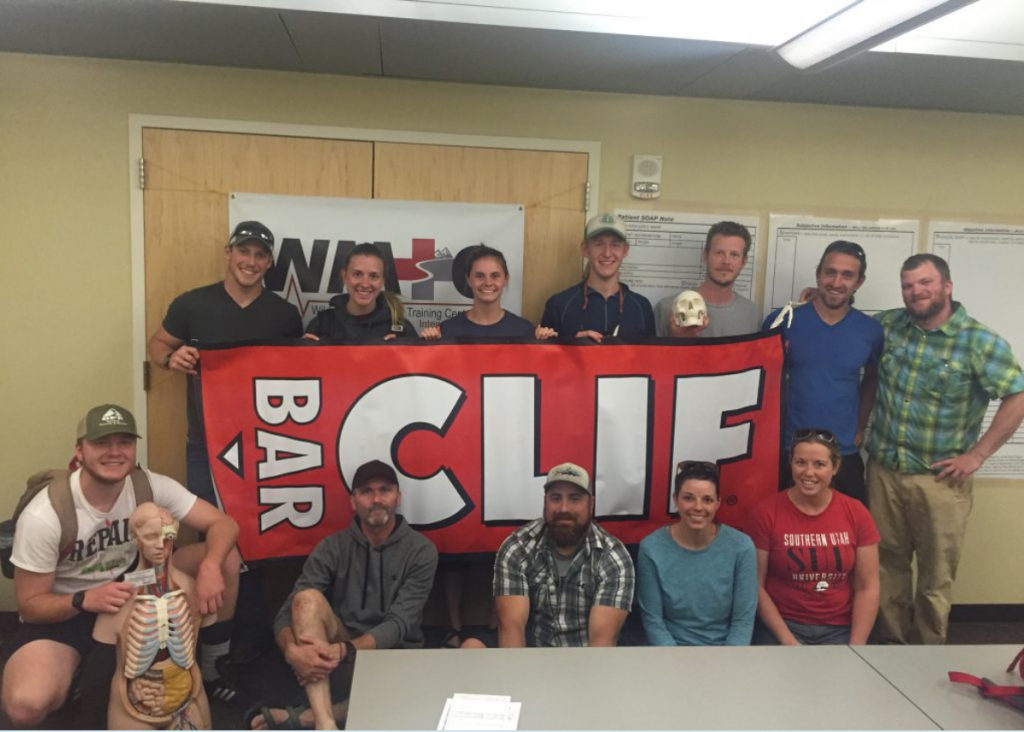
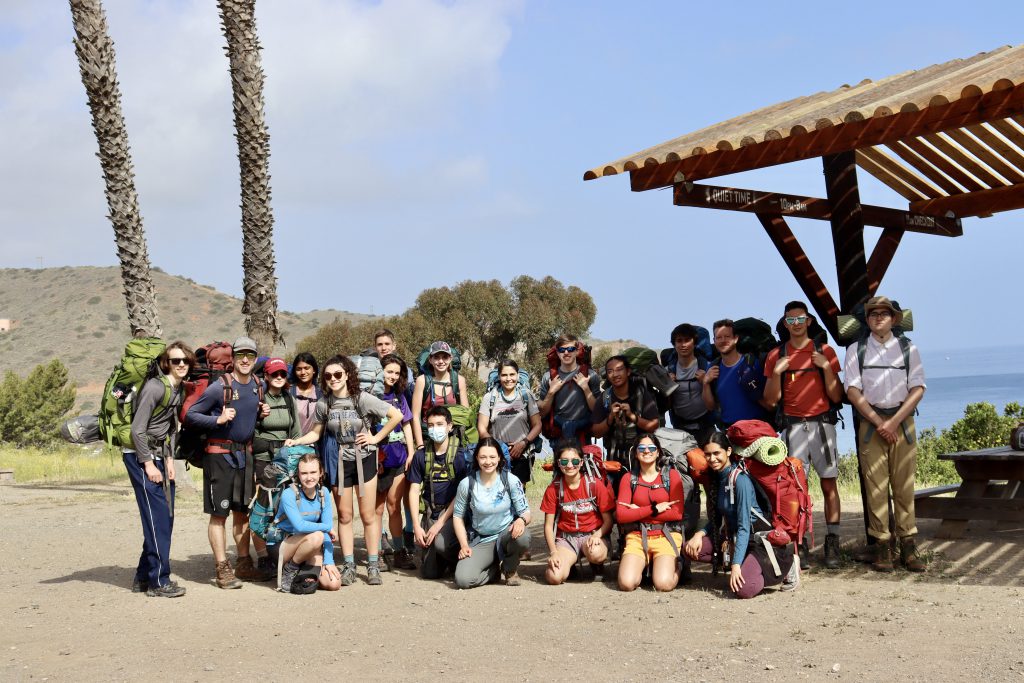
Professional development days allow for onboarding new hires, in which I can share my understanding of the culture and values of the school as well as the nuts and bolts of the software we use. Over the last ten years I’ve also served as a mentor to several new hires in the English discipline. [WHAT HAVE I LEARNED FROM THIS? WHAT HAVE I CONTRIBUTED AS A MENTOR? NOT SURE THIS FITS IN THIS SECTION]
This very PDP is another opportunity in which I took advantage of professional development provided by the school. [COMPLETE AFTER LAST MEETING]
(4) identifies and pursues professional development opportunities appropriate to enhancing effectiveness as an educator
EPS continually encourages faculty to explore beyond the walls of our campus to attend conferences, presentations, and other forms of professional development that we think could make our classroom experience better. In the winter of 2019 Elena Olsen and I traveled to Baltimore, Maryland to attend the National Council of Teachers of English (NCTE) conference. I chose the opportunity because I felt that after more than 10 years in the classroom I needed some new ideas and inspiration as well as hear what other teachers are doing in their classrooms outside of EPS.
The NCTE is “devoted to improving the teacher and learning of English and the language arts at all levels of education.” It was my first time attending a conference of this scale (there were several thousand in attendance) dedicated entirely to the language arts. The number of presenters, lectures, exhibits, guest speakers was tremendous, and I remember looking over the event schedule conflicted on where I should go, who should I hear speak… Fortunately Elena and I were both in attendance and were able to divide our time up and see as much as we could.
Some standout moments included hearing Tommy Orange, author of There There, speak about his writing process and his Native American history and culture. Because of this experience, the junior class now reads There There, and this text remains a standout in the literature they read at EPS. One of the most unique topics that came up during the conference was the idea of face-to-face grading presented by Ann Burke of Michigan State University. This was something that I modified and employed in the 12th grade literature classroom.
Additionally, the conference also confirmed many things we are already implementing at EPS. Conversations included how to implement a successful Harkness discussion, the importance of critical literary theory, and encouraging student choice in the classroom. It was validating to see that much of what we do at EPS is in alignment with the goals of many teachers.
In the course of three days, I went to countless presentations exploring topics from understanding the teenage brain, providing effective feedback, editing and revising student papers, critical literary theory, and grading. It was a whirlwind experience that I hope to attend again with even more of the English faculty.
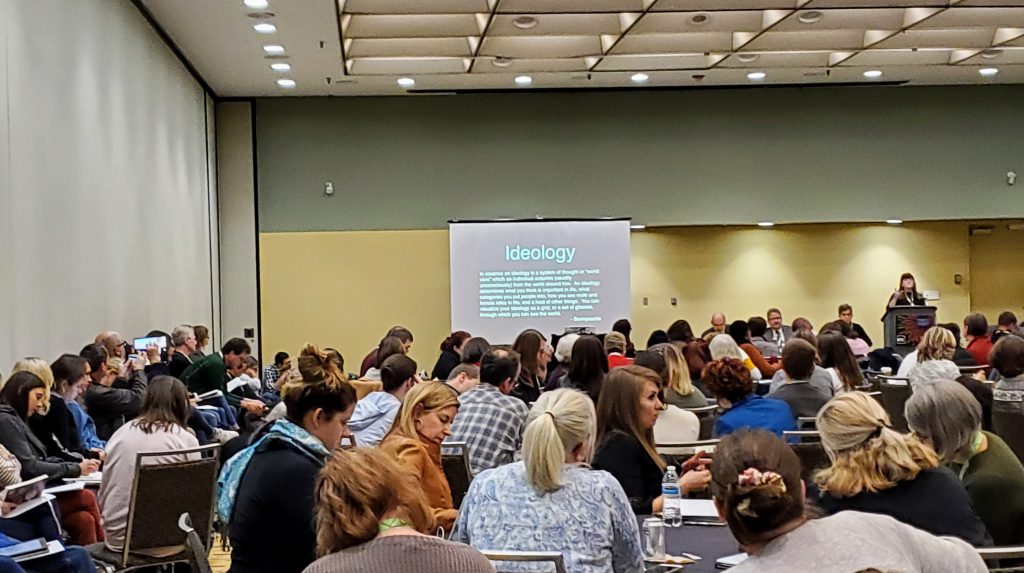
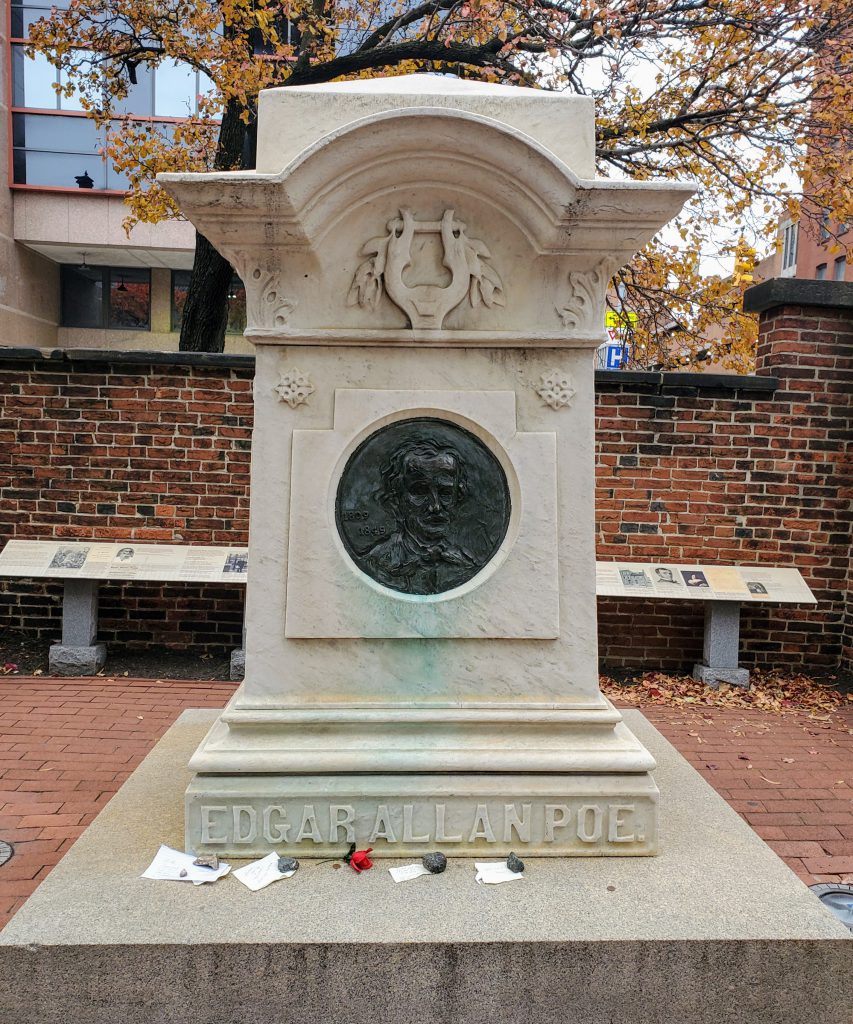
As part of my new role for the 2022-2023 school year, I’ll be attending the Association of College Counselors in Independent Schools, New Counselor Workshop this Summer at the University of Oregon in the summer of 2022.
I’m grateful that as I came aboard the college counseling team I was encouraged to attend this new counselor conference to better prepare me for my upcoming role as writing coach. I’m looking forward to learning more about the college counseling process and starting this new role at EPS.
